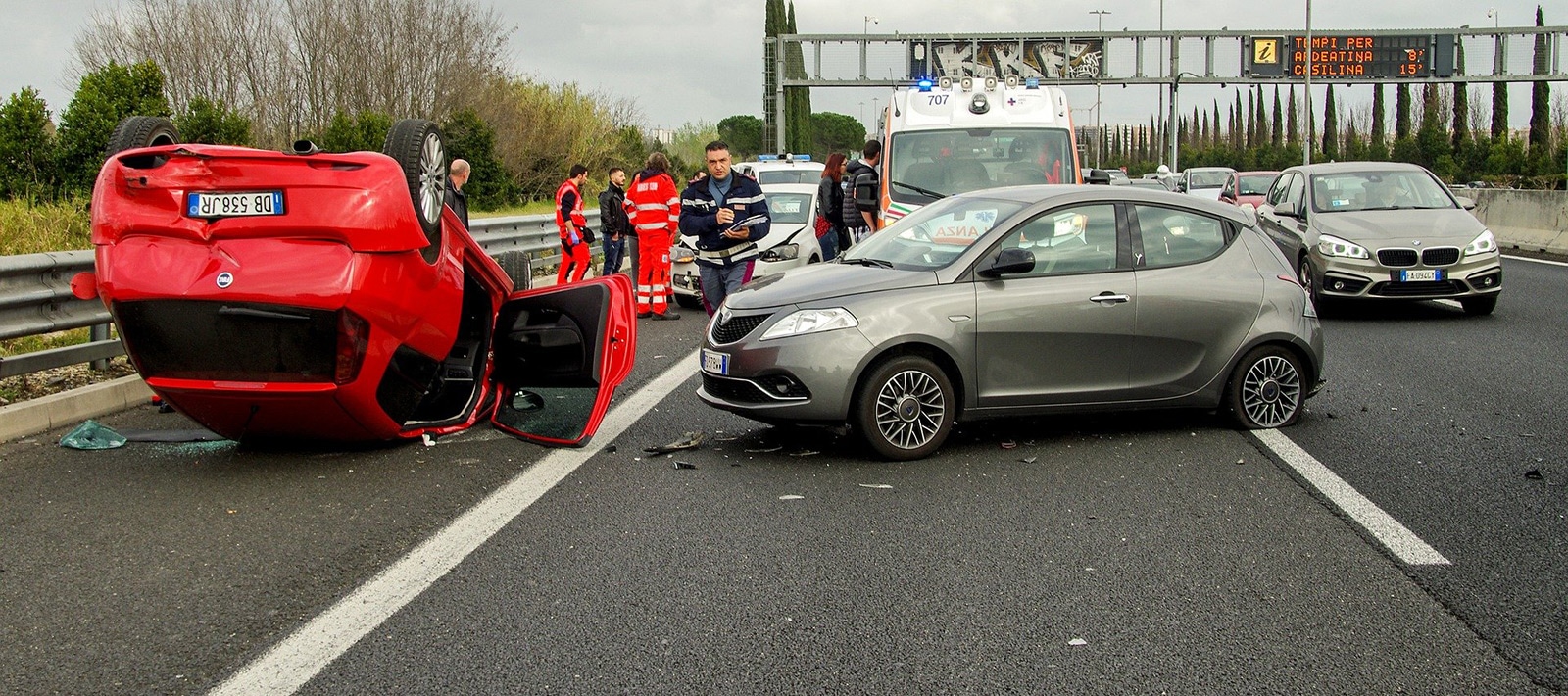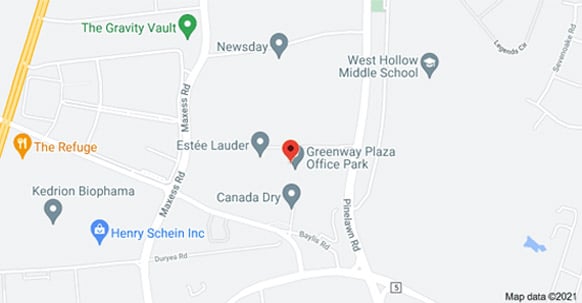Most of us don’t think twice before buckling our kids into the car. After all, they are protected by numerous safety features – like car seats, booster seats, and air bags. Yet what many people don’t realize is just how vulnerable our children are to being hurt in a car accident.
According to data from the National Highway Traffic Safety Administration (NHTSA), nearly 200,000 kids are hurt and more than 1,000 children are killed in automobile accidents each year. If your child was injured in a motor vehicle crash, you may be able to file a lawsuit against the at-fault party on their behalf. Through this type of personal injury claim, you can recover financial compensation for your child’s medical bills, future medical care, pain and suffering, and other losses.
Call (631) 752-8580 Today to Schedule Your Free Case Review
At The Odierno Law Firm, we are fierce advocates for injury victims – including children. For each case, our goal is to minimize stress on our clients while maximizing compensation. To learn more or to schedule a free initial consultation with a Long Island car accident attorney, give our law office a call.
Can I File a Lawsuit on Behalf of My Child for Their Auto Accident Injuries?
Children under the age of 18 are not considered competent to file a lawsuit for themselves. As your child’s parent or legal guardian, you can file a lawsuit on their behalf for the injuries that they suffered in a car accident.
If another person or entity was negligent (careless) in some way, you can hold them financially responsible for your child’s losses. A person can be negligent in any number of ways, including speeding, texting while driving, running red lights, or failing to yield. They may also act intentionally or recklessly, such as by driving drunk.
Through a lawsuit, you may be able to recover financial compensation for your child’s:
- Property damage
- Lost wages, if they are old enough to work
- Reduced or lost earning capacity, if their injuries will impact their ability to work in the future
- Medical bills
- Future medical expenses, including for therapy and counseling
- Any necessary modifications to your home or vehicle if they are permanently disabled
- Pain and suffering
- Diminished quality of life
- Emotional distress
- Scarring
- Disfigurement
In addition, you may be able to seek punitive damages if the at-fault party acted intentionally or recklessly. An example of a situation where punitive damages may be available is where a person caused an accident while driving under the influence of alcohol and/or drugs.
There is a 3 year statute of limitations for personal injury claims in New York. This means that you typically have to file a lawsuit within 3 years of the date of the accident, or else you won’t be able to pursue a claim. However, there is an exception when the injury victim is a child. In this situation, the clock starts to run for the statute of limitations when the child turns 18.
Most personal injury cases – including car accident cases involving kids – are resolved outside of court. Filing a lawsuit is often necessary to preserve your rights and to continue negotiations with the at-fault driver’s insurance company. If the insurance company refuses to offer a fair settlement, then your Long Island car accident lawyer may advise you that the best course of action is to take your case to court and ask a jury to find in your favor.
A skilled attorney will advocate for you throughout the process, starting with a free initial consultation. They’ll handle communications with the insurance company for you, leaving you to focus on your child’s well-being. At the same time, they will investigate the case and perform research to put together the strongest possible claim for damages.
If your child has been hurt in any type of motor vehicle accident, the best way that you can protect them is by hiring an experienced attorney to advocate for them. Your lawyer can help them get the money that they need for their losses. In Long Island, call The Odierno Law Firm to schedule a free consultation with a member of our legal team.
Speak to an Attorney Today
Has your child been injured in a car accident on Long Island? Our compassionate and experienced attorneys are here to help you fight for the justice and compensation your family deserves.

Common Auto Accident Injuries for Children
Kids are not just small adults. They are uniquely vulnerable to injury, particularly in motor vehicle accidents. For this reason, New York has strict laws on safety restraints for kids who are passengers in cars. Under these laws, children must either ride in a rear-facing car seat, a booster seat or another type of child restraint system until they are at least 8 years old.
Despite these safety precautions, children often suffer serious injuries in motor vehicle accidents. According to the NHTSA, the most common child injuries in auto accidents include:
- Skull fractures
- Unconsciousness
- Concussions
- Brain contusions and lacerations
- Traumatic brain injury (TBI)
- Thoracic injuries to the ribs or lungs
- Abdominal injuries, including to the liver, spleen or kidney
- Broken bones or fractures
In addition, many children suffer significant emotional distress in the aftermath of a car accident. Being in a crash can be traumatic, and it often takes time for a child to fully recover.
Most car accidents involving children happen close to home – such as when you’re running errands or taking the kids to school or daycare. While not every auto accident is preventable, it is important for parents to stay alert and practice defensive driving. If your child is hurt in a motor vehicle collision, you may be able to file a personal injury lawsuit on their behalf.
How Our Law Firm Can Help
Few things leave parents feeling more helpless than when their kids are hurt. While you may not be able to turn back time and prevent a car accident, you can fight for your child after the fact. Our law firm will advocate for your child’s best interests and help them get top dollar for their injuries.
Based in Melville, NY, The Odierno Law Firm represents injury victims throughout Long Island. We offer free initial consultations, and never charge a fee unless we recover money for you. To learn more or to schedule a case evaluation with a Long Island personal injury lawyer, give our law office a call at 631-752-8580 or fill out our online contact form.

